Exhibition Room 2
Mail Undelivered
Over 2,500 letters were stored in the postmasters’ chest. Why were these letters never delivered?
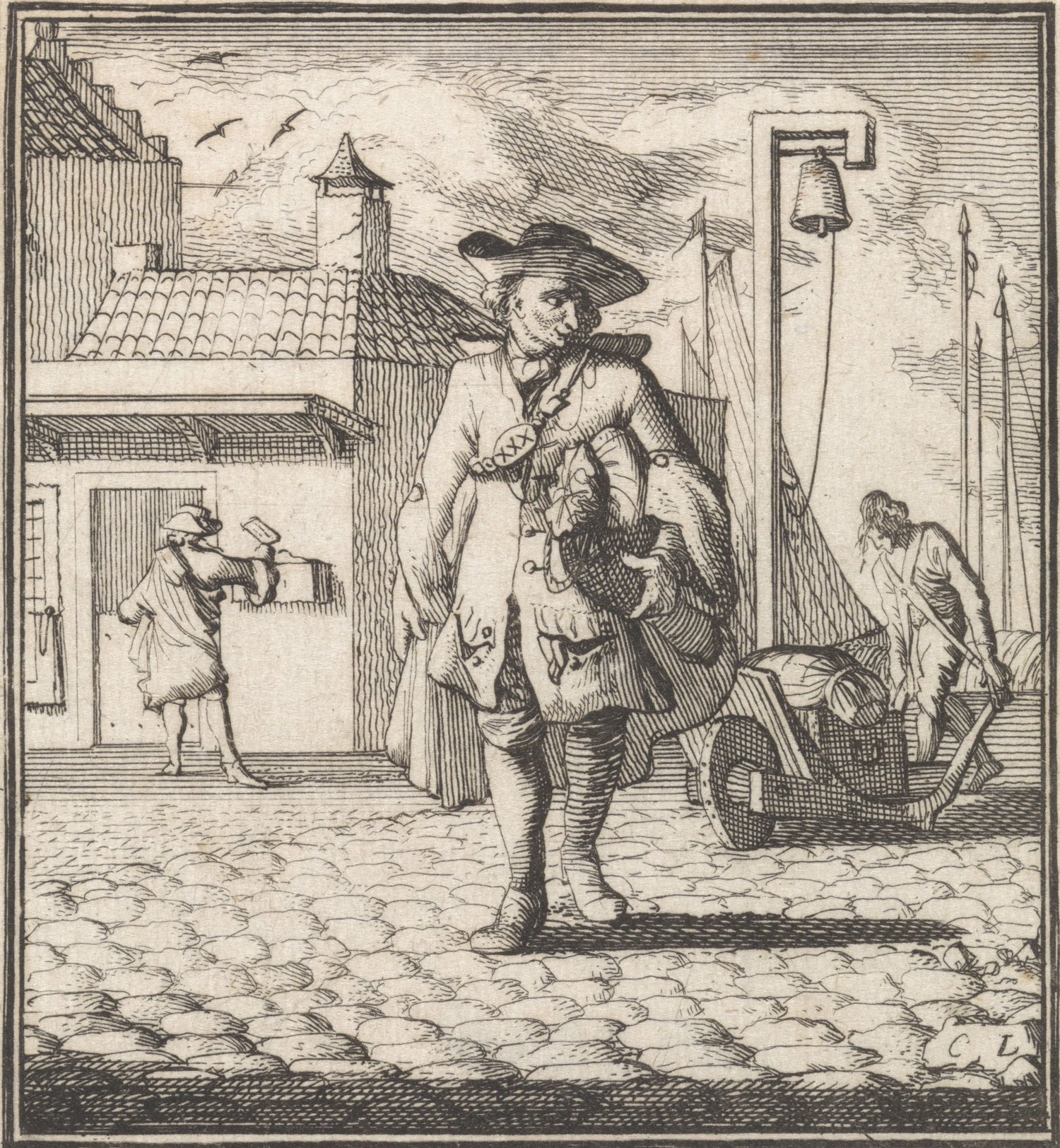
Casper Luyken, Postman. Rijksmuseum, Amsterdam.
Undelivered mail
Everyone looked forward to his arrival: the postman, carrying missives from friends and family. But between author and recipient, the letter went through many hands: sorter, packager, courier, postmaster, postman or delivery woman.
And at every step of the way, something could go wrong…
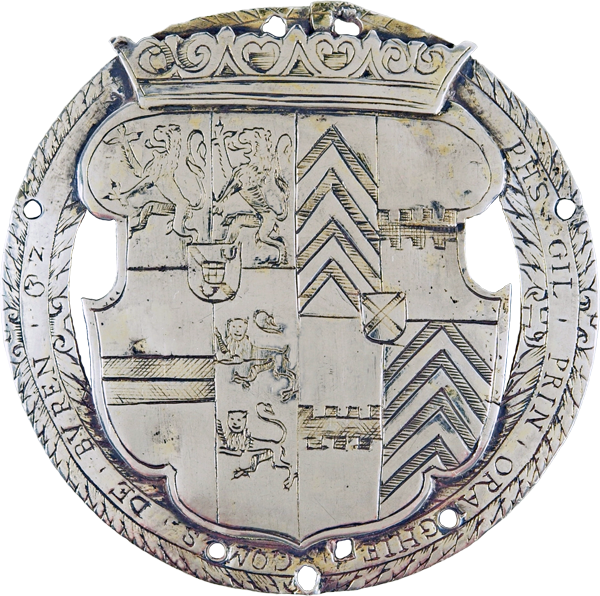
A badge gave status and proved trustworthiness.
Transporting letters
The postmasters were responsible for organising the transport of letters. Long-distance transport was done on horse, by boat, or carriage.
Material remains remind us of the postal infrastructure that once existed:
A badge gave status and proved trustworthiness.
The postal horn announced the postman’s arrival.
A pair of boots protected his feet and legs while carrying the letter-bags on horseback.

The postal horn announced the postman’s arrival. A pair of boots protected his feet and legs while carrying the letter-bags on horseback.

The postal horn announced the postman’s arrival. A pair of boots protected his feet and legs while carrying the letter-bags on horseback.
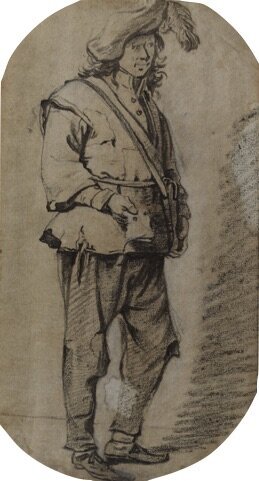
Postal route Paris–The Hague
Most letters in the chest originated in France. But sending a letter from the French kingdom to the Dutch Republic could be a complicated and costly affair. The international postal system operated as follows:
French postal services gathered all letters in Paris, where they were packed in sealed bags according to destination;
A French courier took the bag to Lille, where letters sent from Rouen and the border towns were added;
The courier continued on to Antwerp and crossed into Dutch territory;
The bags with letters were handed over at Kuipersveer, a small river crossing just south of Rotterdam;
The bags were carried to the various post offices across the Republic, including that of Brienne and Germain in The Hague.
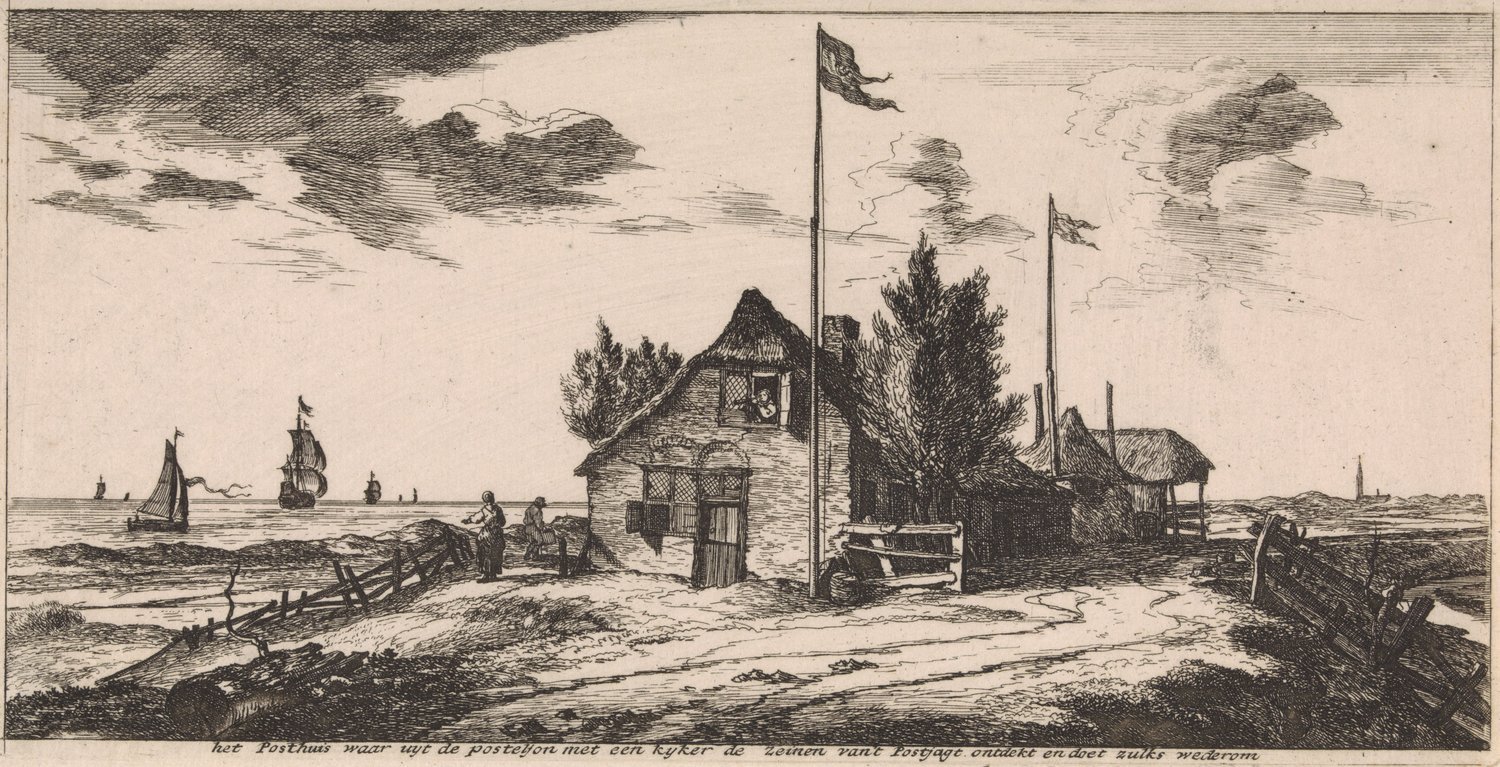
Post house with a postman on a lookout
These engravings by Joost van Geel from 1666, commissioned by the Rotterdam postmaster Jacob Quack, show the transport of letters in the Meuse delta near Rotterdam. Sound and Vision, The Hague; Rijksmuseum, Amsterdam.
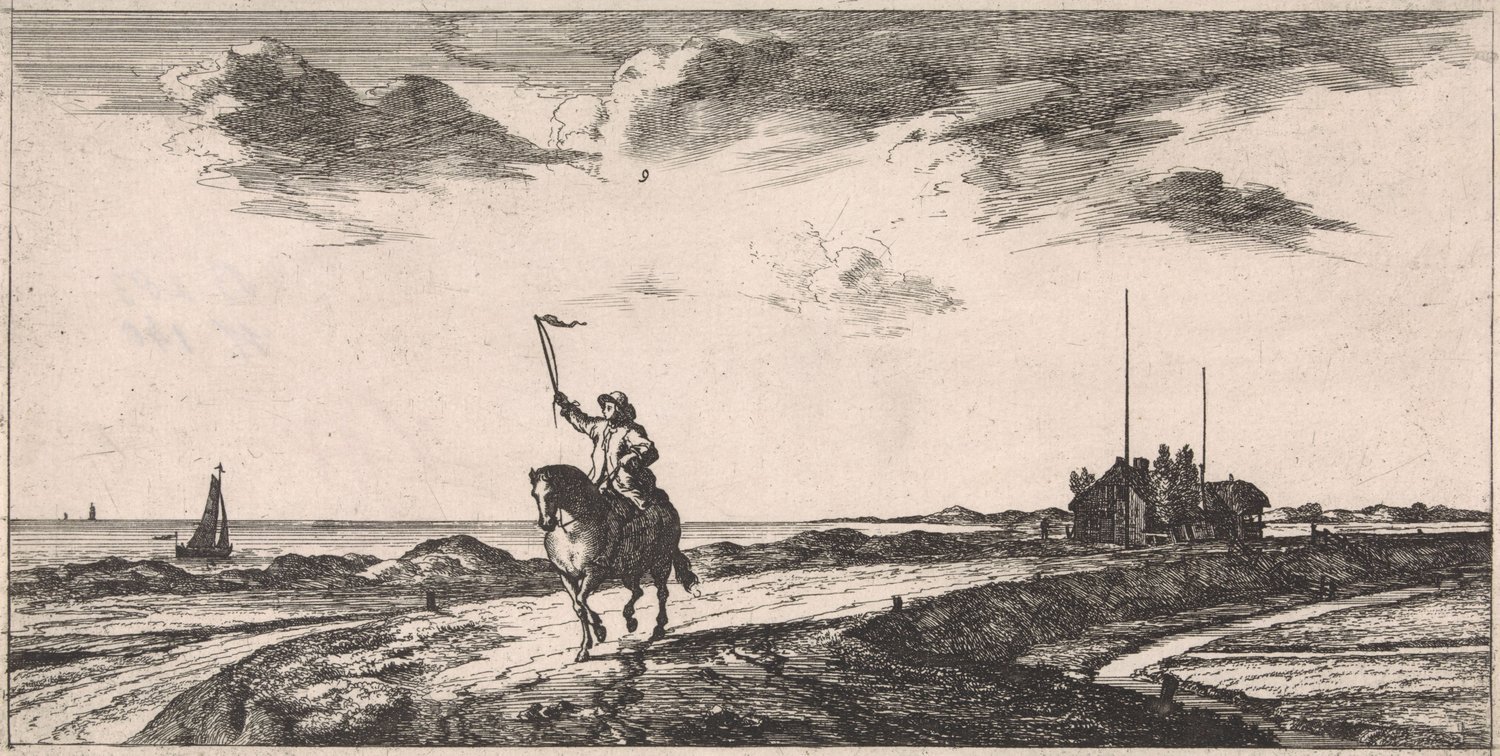
The postman rides along the beach
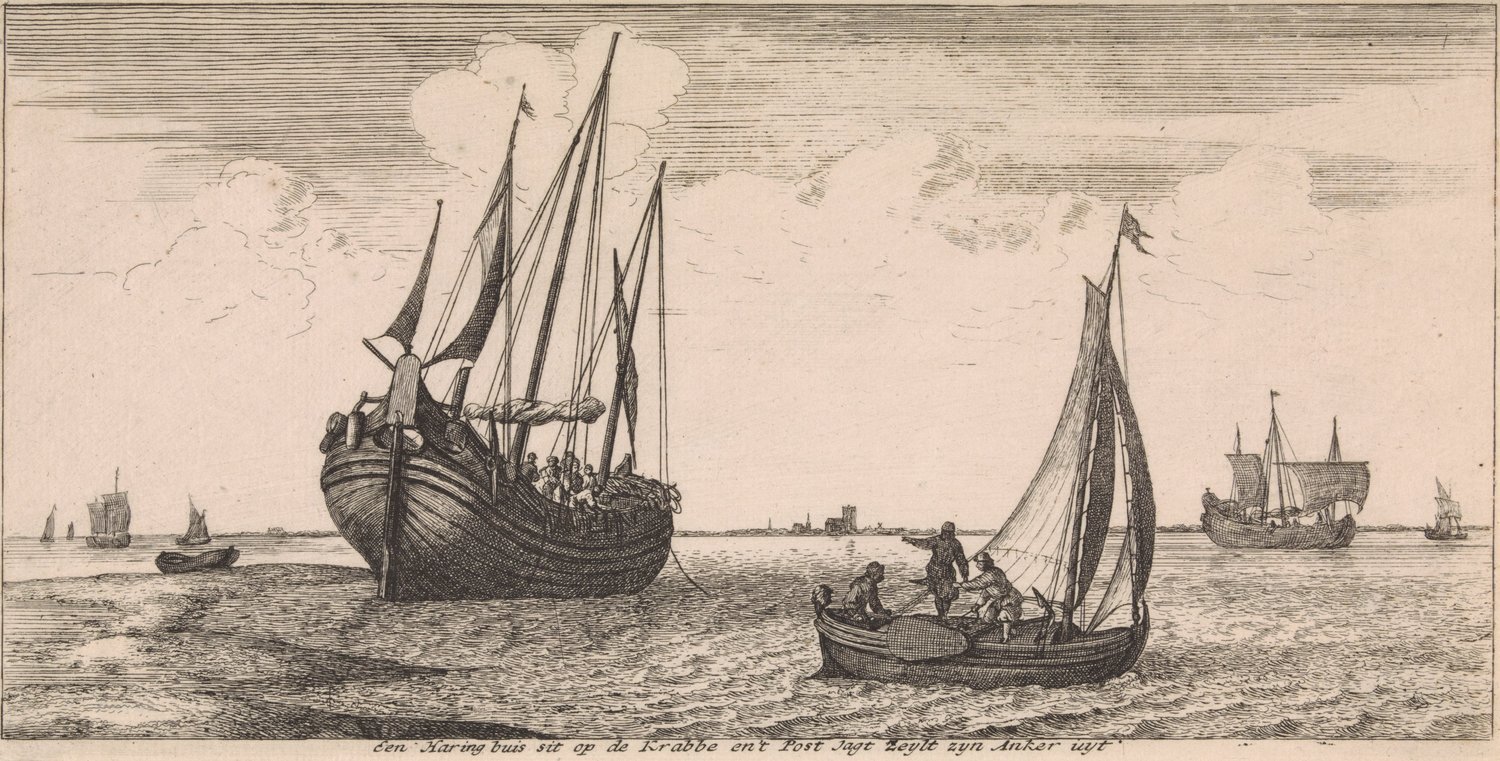
Mooring of the post boat
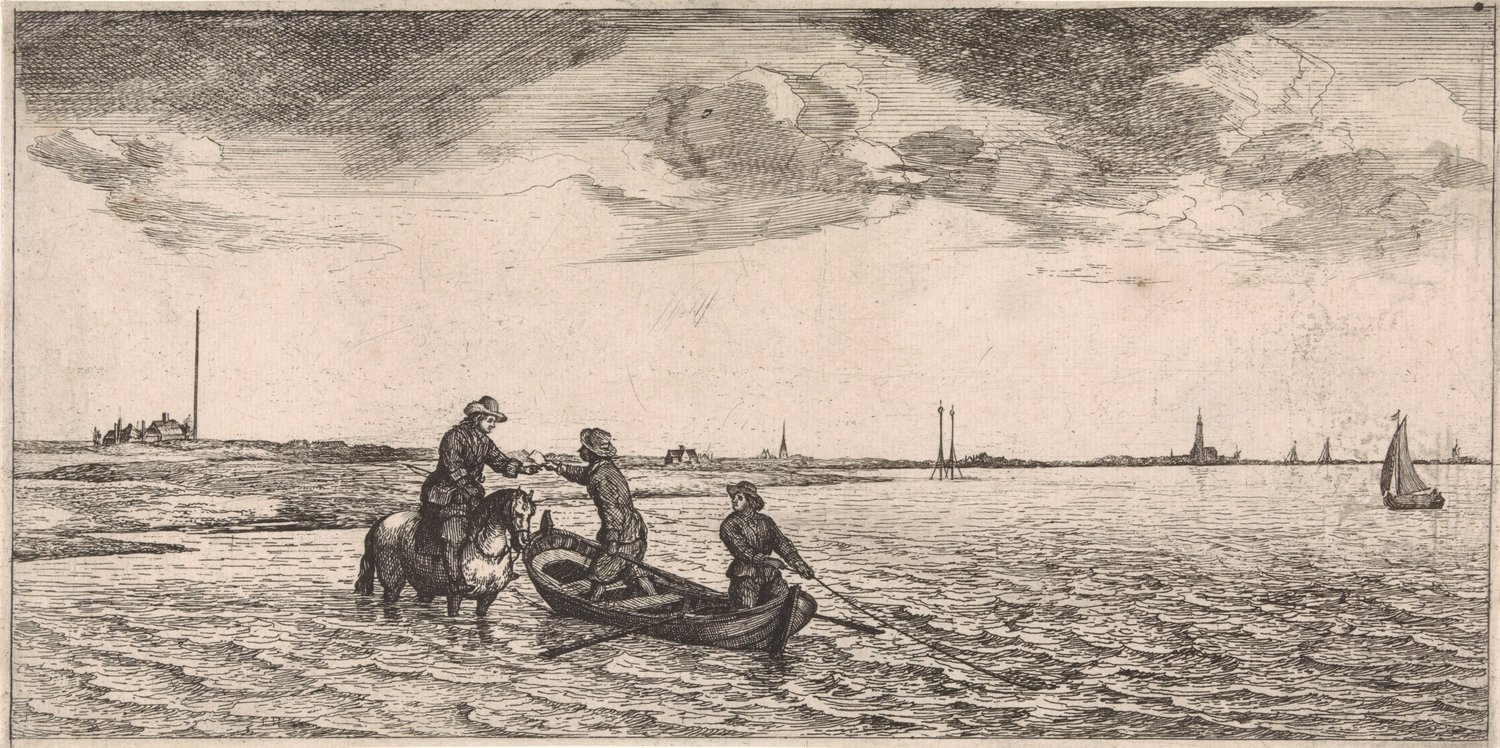
The postman on horseback receives the mail
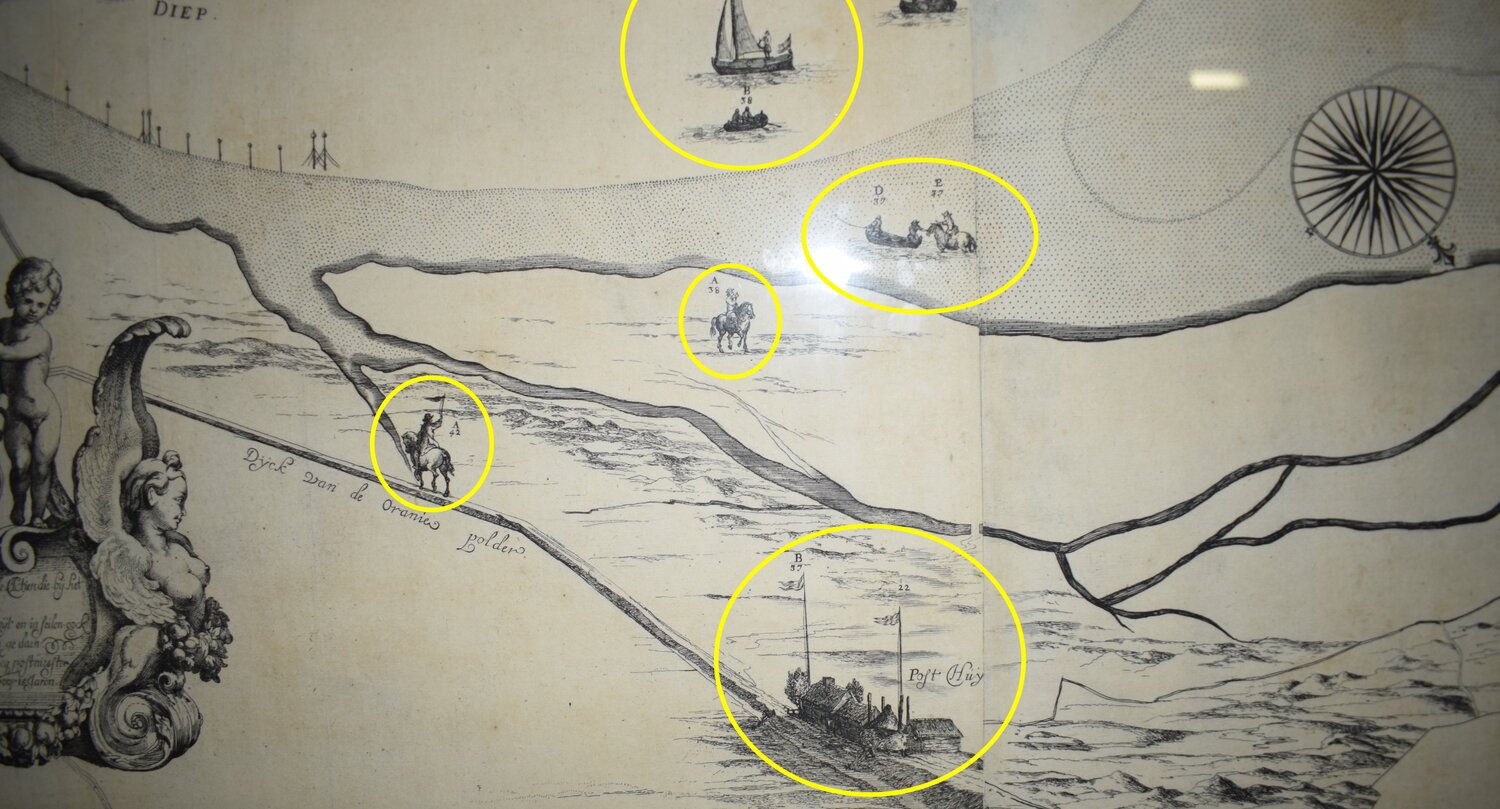

Now you be the postmaster!
Try to read the address panel of this letter.
Not as easy as it seems!
Transcription reads:
Monsieur
Monsieur chapelier chez Mons.
villestre orfeve françois dans
laspuistrade rüe haute courte
a la haye en hollande
A La haye
Apparently, this letter was for one Mr. Chapelier, staying at the house of Mr. Vilestre, french goldsmith in the Spuitstraat, The Hague.
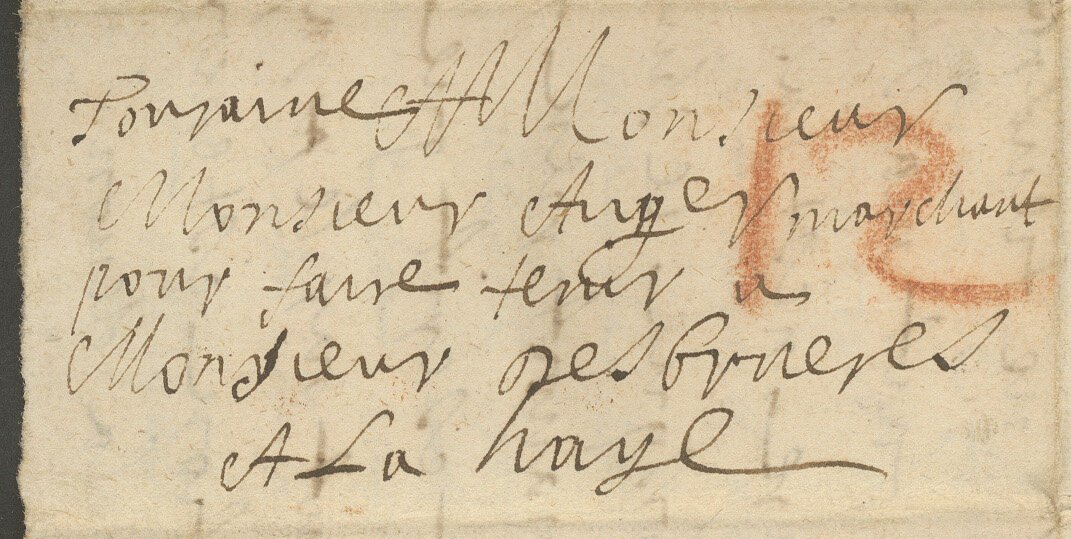
Why were some letter not delivered?
Misdirected
Many letters could be misdirected. This letter was intended for La Haye en Touraine, today’s Descartes in France. However, It ended up in The Hague in Holland.
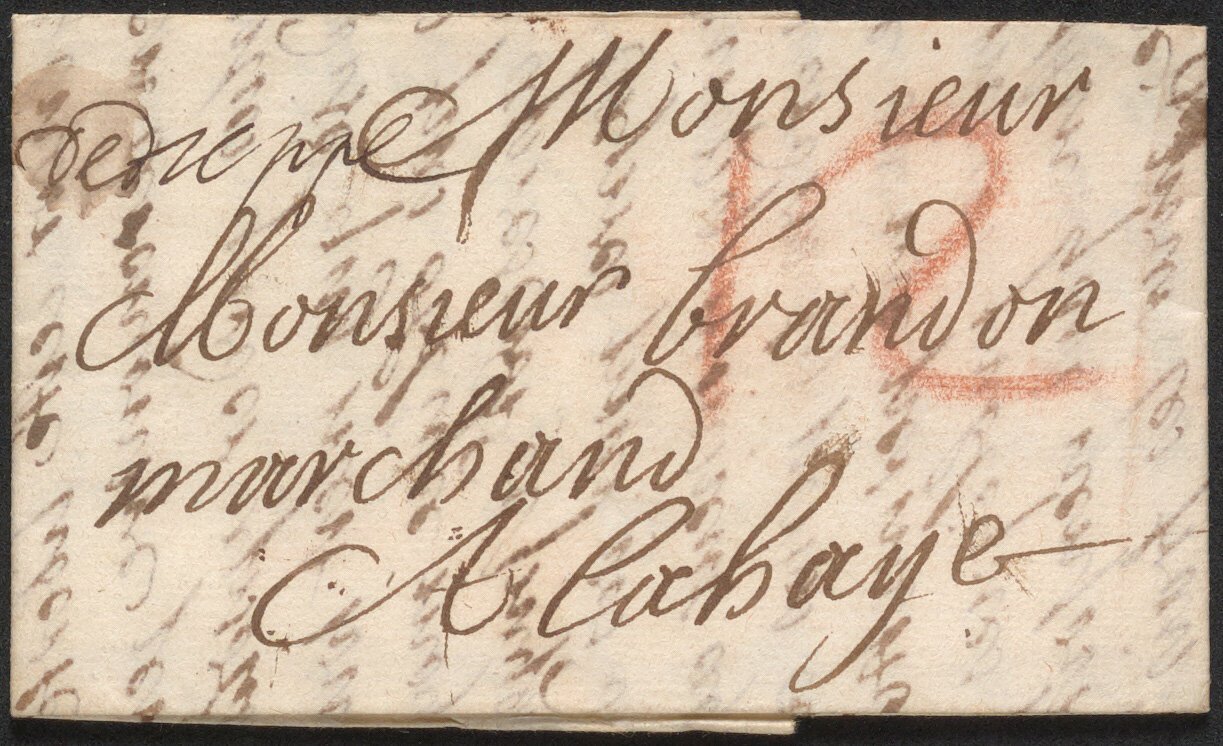
No address
Many senders indicated only the city, expecting the post office to track down people like “Monsieur Brandon, merchant in The Hague.” That was no easy feat in a town with around 30,000 inhabitants.
No wonder that this letter has scribbled on it the cynical note geen kennen daer (not known here).
Observe that the reason given for not being able to deliver the letter implies that the delivery person asked around in the community. Given that the addressee was so vaguely described, might the postal worker have known of a place where French merchants congregated, like a café, and asked there?
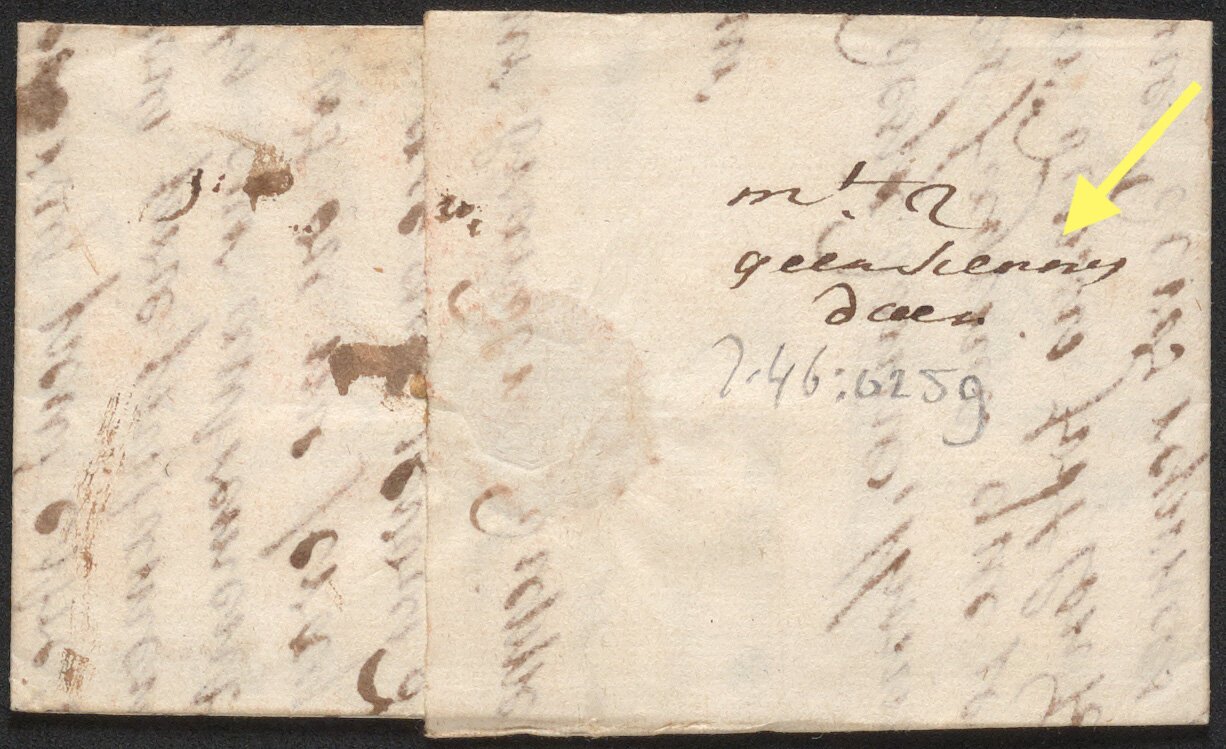
No address

Whereabouts unknown
Other letters similarly reflect the verbal exchanges that the delivery person engaged in. This letter was for Madame Devois and to be handed to mister Dumeny.
Unfortunately, whoever the postal worker asked did not know where Madame Devois might be found (weten niet waer sij is).
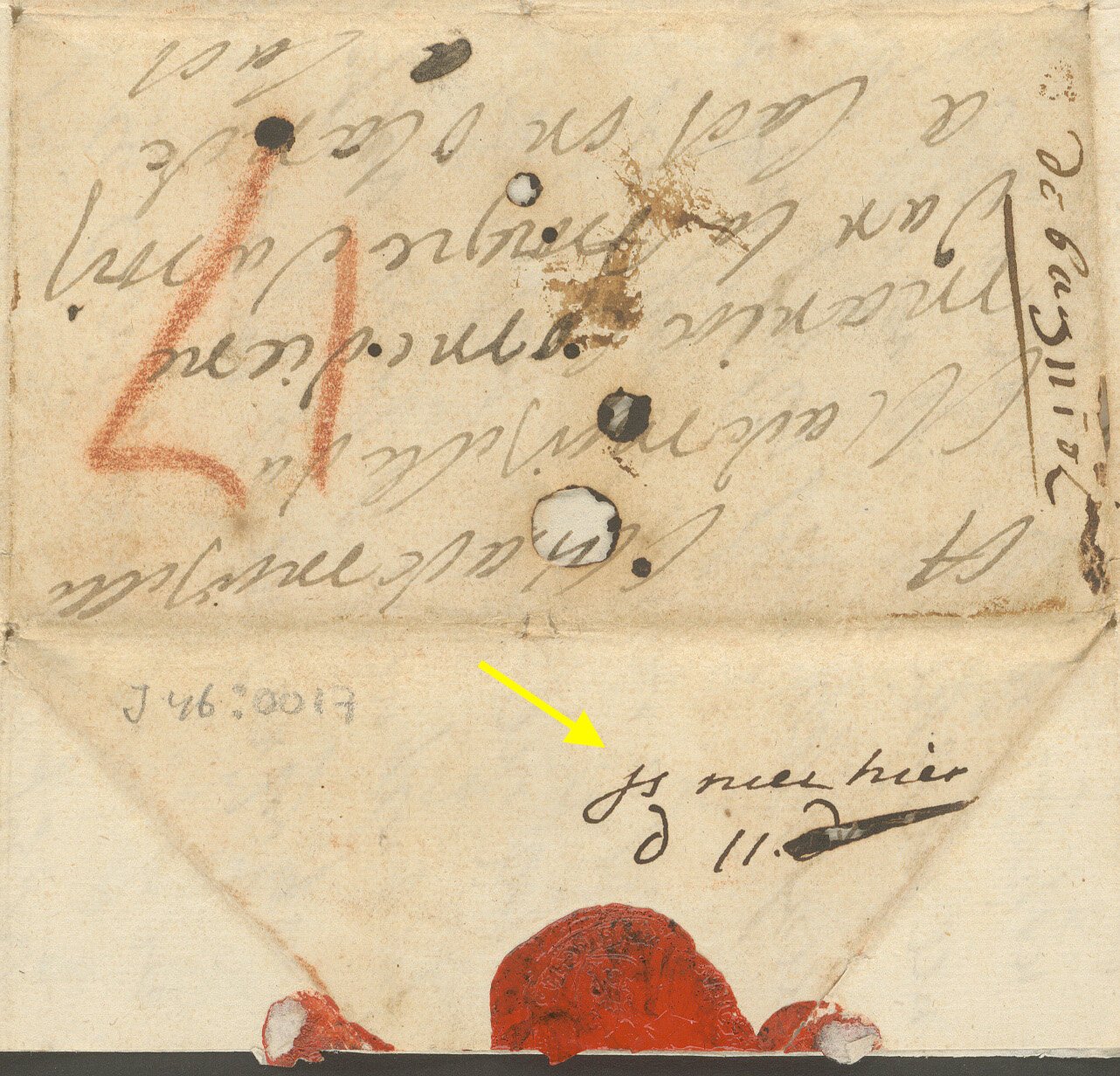
Absent
This letter has scribbled on it in Dutch is niet hier (is not here). In this case, the addressee could have been deceased or simply absent. Hence, no fees could be collected.
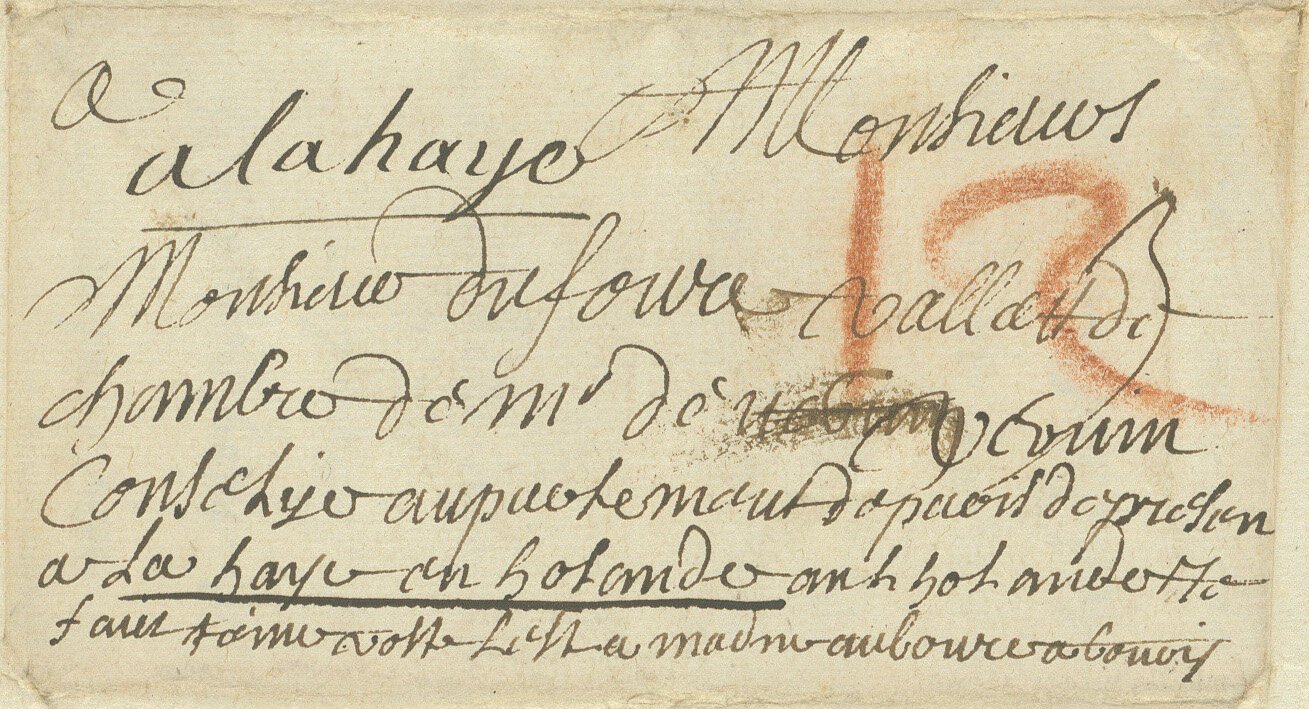
Departed
In some instances, the recipient was absent, but the delivery person obtained specific information on the whereabouts of the intended recipient.
In this case, the back of the letter says vertrocken Engelant (departed to England). Perhaps such information made it easier to estimate when and if the addressee would ever return.
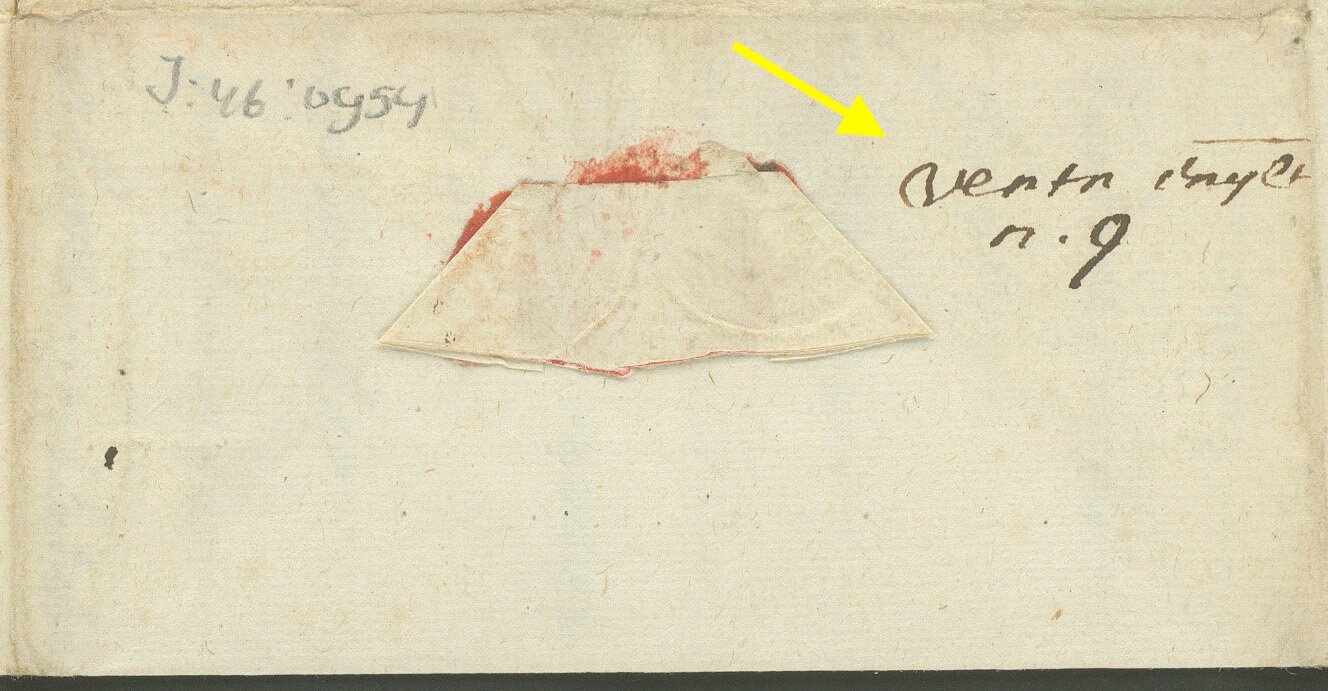
Departed

Refused
Even when letters did arrive, the recipient could refuse to pay the postage. Some people just were not interested in their mail or may have found the fees to steep. This letter bears witness to this mundane fact. The letter has scribbled on it in Dutch niet hebben (refused).
Before the invention of postage stamps recipients, not senders, were responsible for postal and delivery charges from the Dutch border. If the addressee was uninterested, no fees could be collected by the postmaster.
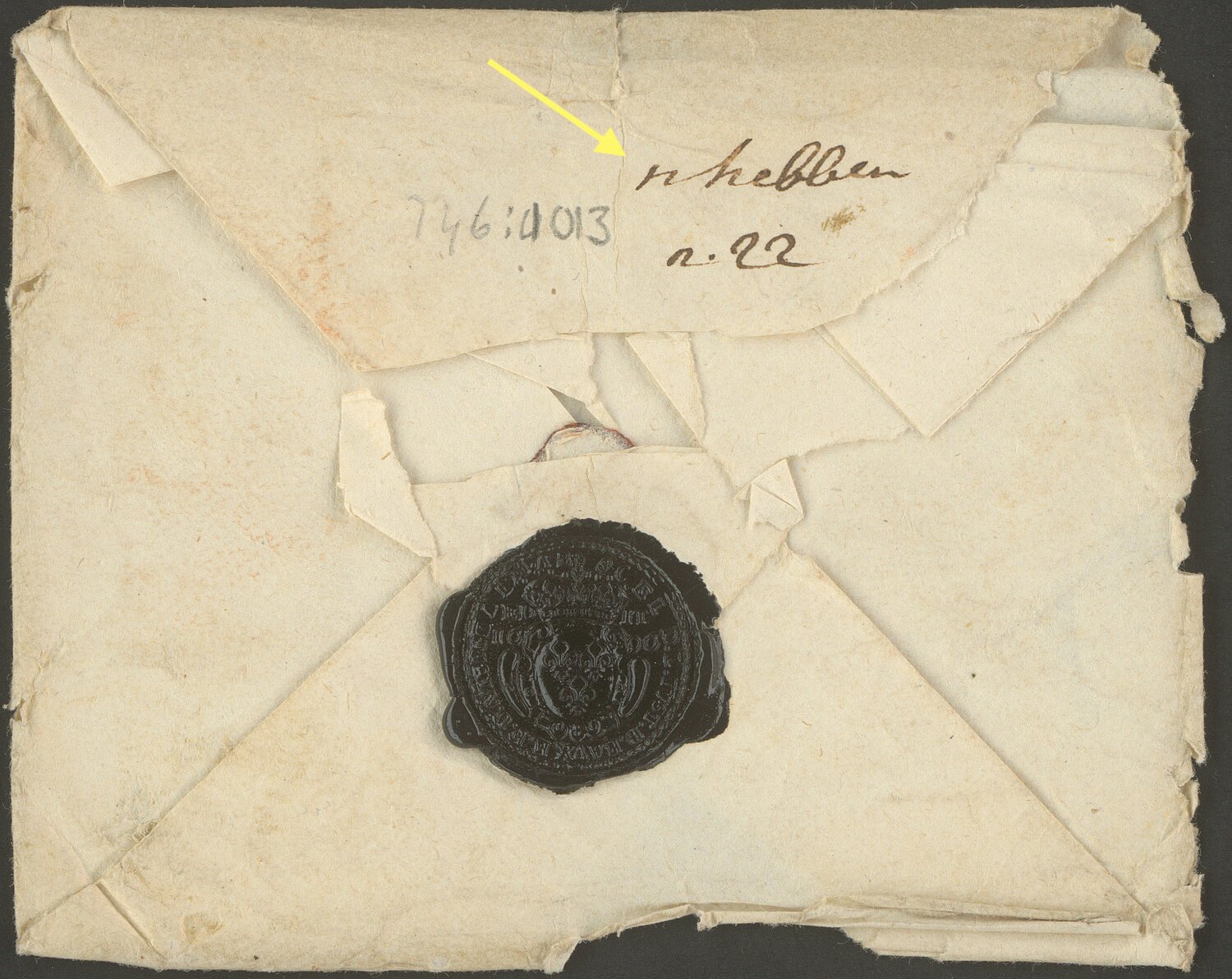
Refused

Deceased
Finally, the recipient may no longer be alive to accept the letter. Hence, Doot (dead) on the back of the letter.
This particular letter is addressed to a young cadet in the army. His mother laments that she has heard nothing from him in four months and prays that he is in good health. One wonders when and how she ever learned that he was dead, since the letter was not sent back to France.
Undelivered mail
In short, there were many reasons why a letter was undelivered.
But whatever the reason, at the Brienne office these ‘dead letters’ were stored in a chest and never destroyed. That gives us a unique insight into people’s writings of 300 years ago.
What did people write about?
Continue to Room 3 and check them out.
Page added: 12 November 2023

